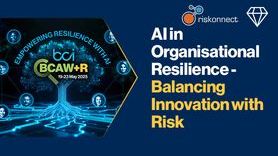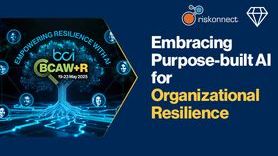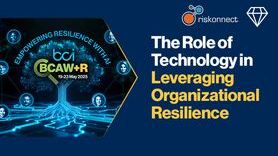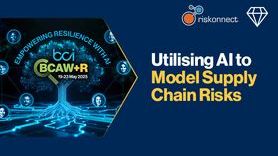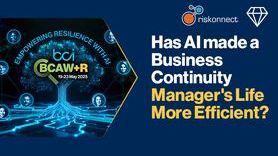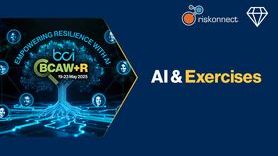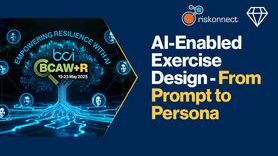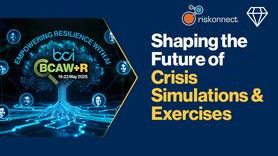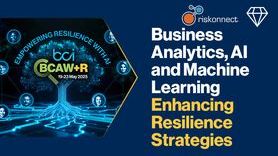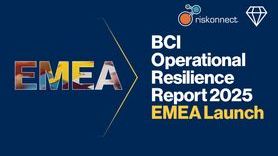5 Things to Consider Before Planning Your Next BCP Tabletop Exercise

As any resilience manager knows, experience is often the best teacher. Every business faces uncertain times, unexpected external or internal challenges, and outright security threats. That’s why you utilize BCP tabletop exercises to simulate possible threats.
However, too many resilience practitioners are still conducting these exercises “the old way.” In other words, they’re relying on time and labor-intensive exercises to simulate a mere fraction of the threats that their business will face.
Beyond that, traditional BCP tabletop exercises require physical participation in an increasingly remote world. And let’s not forget the cost of bringing in a consultant to ensure the exercises are conducted properly.
It’s all just too much of a production, and the bang simply isn’t worth the buck.
That’s why at iluminr, we’ve been emphasizing our award-winning microsimulations as a more efficient and effective alternative to traditional tabletop exercises.
Microsimulations are 15-minute crisis scenario exercises that allow every employee in your business to respond to a single aspect of a simulated incident. Brief, remotely accessible exercises like these are essential in building employee confidence and capability, engaging a larger portion of your staff, and exercising a wider range of possible threats.
To that end, we put together an infographic comparing the potential ROI of tabletop exercises vs microsimulations. Check it out here. Additonally, this article, we make our case for microsimulations by offering 5 things that should give you pause next time you go to plan a BCP tabletop exercise. These are:
- Crisis fatigue
- The capability gap
- The people problem
- Variety of threats assessed
- The bottom line






















